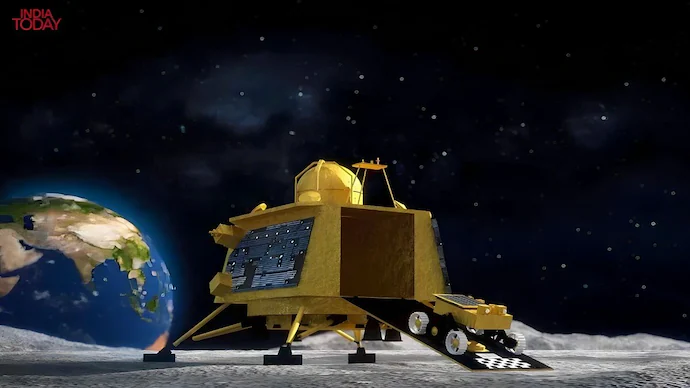India’s Chandrayaan-3 moon mission achieves a seamless landing near the lunar South Pole, unveiling a significant stride in lunar exploration. A pivotal phase follows as the Pragyan rover is carefully maneuvered out of the lander, initiating data transmission that will be relayed to ISRO. However, this critical step was momentarily delayed due to the moon’s unique conditions that hinder dust dissipation after landing, thus safeguarding sensitive equipment on the rover.
The strategic delay was enacted to prevent potential damage to the rover’s sophisticated instruments, as the moon’s lower gravity doesn’t allow dust to settle in the same manner as on Earth. ISRO Chief S Somnath had explained that the rover’s deployment was anticipated within a short timeframe, ensuring that the rover’s experiments commence in a matter of hours after its rollout.
Pragyan, the rover, embarks on a series of experiments over 14 lunar days, extending its solar arrays and tethering to the Vikram lander. After securing its position, Pragyan’s scientific investigations will commence, marked by a focus on data collection, particularly regarding water presence—vital insights drawn from NASA’s Chandrayaan-1 probe in 2009. This mission’s emphasis on exploring water’s potential significance lays a foundation for future lunar endeavors, where water could serve as a fundamental resource for essential applications such as drinking, equipment cooling, oxygen production, and potentially unraveling the origins of lunar oceans.







 Finance
Finance







